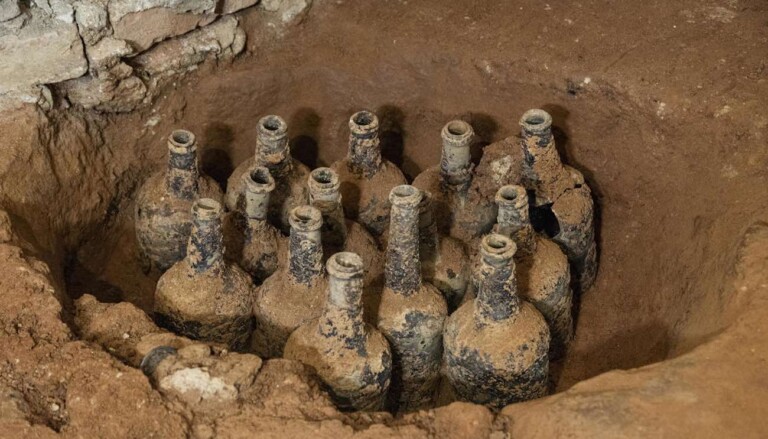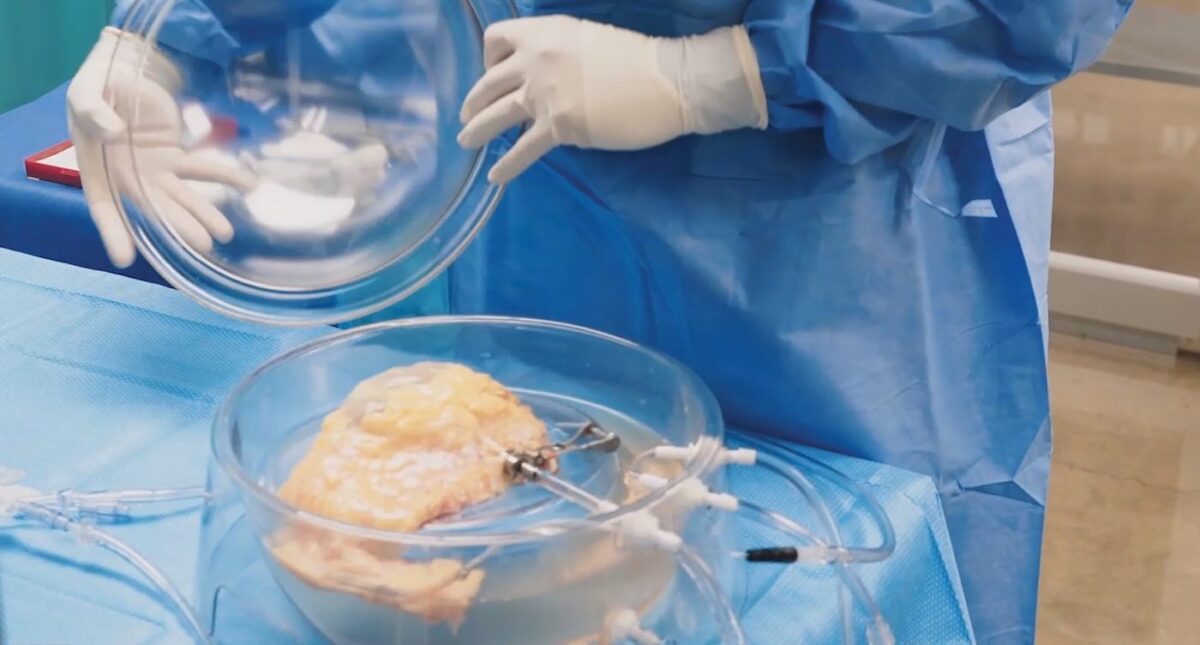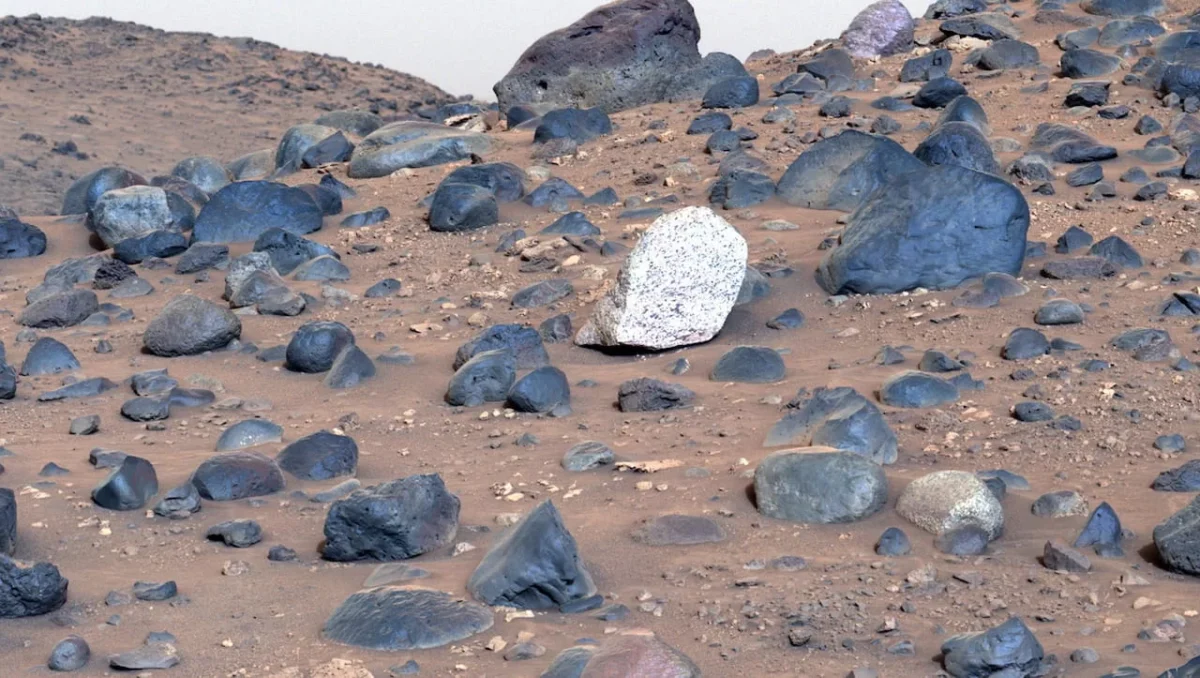Reduce Back Pain
New research suggests that walking more could significantly alleviate back pain for millions of sufferers. Adults with a history of lower back pain experienced longer periods without recurrence when they engaged in regular walking, according to a groundbreaking study.
Approximately 800 million people worldwide endure low back pain, often recurring and a major cause of disability. The study by Macquarie University’s Spinal Pain Research Group in Sydney investigated whether walking could serve as a practical and effective intervention.
Researchers tracked 701 adults who had recently recovered from low back pain, dividing them into groups: one received an individualized walking program and physiotherapist-guided education sessions over six months, while the other served as a control.
Over one to three years, participants in the walking program experienced significantly longer periods before recurrence of pain compared to the control group (208 days versus 112 days median). Mark Hancock, senior author of the study published in The Lancet, emphasized the potential global impact of these findings on back pain management.
“Walking is a low-cost, widely accessible exercise that almost anyone can do, regardless of location, age, or socioeconomic status,” Hancock noted. He suggested that walking’s benefits likely stem from its gentle movements, which may strengthen spinal structures, provide relaxation, and release endorphins.
Dr. Natasha Pocovi, lead author, highlighted that the program not only extended pain-free periods but also proved cost-effective, reducing healthcare visits and work absences.
Walking is a great idea in my opinion. If you want a great video that could give you more ways to you with back pain or flexibility, I would check out this video. It has great information and this guys videos have really helped me out too.




